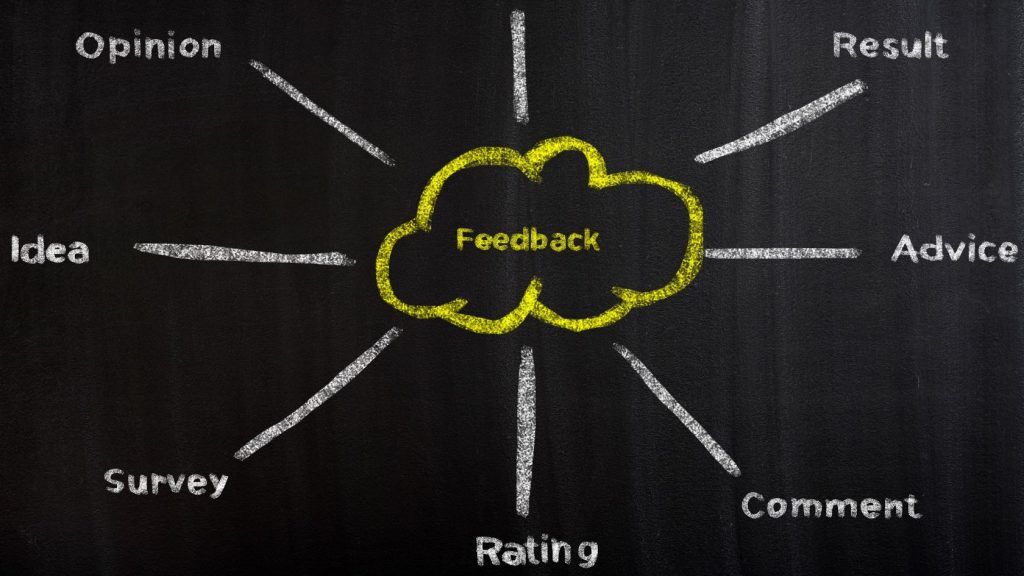It may surprise some employers to know that when employees experience racism and/or other forms of discrimination and oppression, one of the places they can turn for help is their Employee Assistance Program or EAP. While EAPs are thought of more often for use by employees for short-term counseling and referrals to help employees manage personal problems so that they don’t interfere with work performance and productivity, it is important to remember that EAPs also provide workplaces with services including organizational assessment, management consultation and strategic crisis prevention and response. It is precisely because of this mix of individual and organizational level of services that EAPs are in a unique position to help employees work through the trauma of racism and to provide workplace leaders with an invaluable insider view of complex workplace problems, including racism.
As a professor and chair of the only Masters in Social Work (MSW) program with a focus on preparing graduates for careers in the field of Employee Assistance, I have received numerous calls over the past several months from employers asking for advise and consultation regarding how they can work to challenge — and dismantle — their own systems that uphold racist views and policies.
Additionally, I have heard from many EAP managers and counselors, also asking how their EAPs can play a more significant role in helping workplaces respond to systemic racism. On more than one occasion, EAP professionals have confided that they felt powerless after working one-on-one with an employee who is suffering effects of racism. Simply offering stress management support did not feel adequate, and they lacked a line of communication to management to report the need for systemic change.
Similarly, EAP managers are receiving calls from managers and supervisors whose employees are requesting workplace meetings to discuss issues or race and racism. And workplace leaders are asking how their EAPs can play a bigger role in helping to influence system-level change to combat racism.
In response, I’ve developed a list of six things employers need to do to build a more effective partnership with their EAPs that will not only support individual employees during this period of massive social change, but also support managers and supervisors and help to ensure meaningful and sustained long-term reform.
1. Encourage a Data-driven Approach to Customized EAP Services

A data-driven approach to diversity, equity, and inclusion within our EAPs and broader workplaces is critical if we are to make real impact in dismantling systemic racism. You need to know who is — and isn’t — using your EAP. You cannot identify service utilization gaps without data. Is your EAP collecting data on race, ethnicity, income, and gender identity? How are Black, Indigenous, and People of Color (BIPOC) who sought out EAP services being helped? What are the outcomes? Data can be reported to the workplace in the aggregate so that individual employee demographics and identities are protected and kept anonymous from employers.
2. Support an EAP Counselor and Affiliate Network that is Responsive to Your Workplace

Employers should encourage EAPs to conduct an audit of their staff and counselors — not just to see if they are accepting certain health insurance plans, but to see who is providing the services. EAPs often ask if clients have a preference for counselor gender and language, but is your EAP asking clients for a preference with regard to race and/or ethnicity? And if they did ask, could the EAP realistically meet their preference? Are EAP counselors trained to provide culturally responsive and culturally relevant services?
In addition to auditing the EAP counselor/affiliate network, take a good look at the EAP marketing and promotional materials that are being shared with your employees. Are these materials inclusive and do they provide an accurate reflection of the racial demographics of your workplace, in addition to other characteristics? If not, work in partnership with your EAP to support revising materials, both in print and online, to better align with your employee demographics.
3. Encourage Managers and Other Leaders to Take advantage of the EAP for themselves

Many managers and supervisors are finding themselves eager to learn more about racism and implicit bias, but fearful to admit what they don’t know or to make a mistake. Assume that they would all benefit from education and consultation. EAPs can play a role by equipping leaders with resources so they can do their own learning and introspection, and feel more competent in their abilities to lead difficult conversations about race. Encourage managers and workplace leaders who have used EAP services in the past to share their story. Demonstrating leadership buy-in and commitment is one of the best ways to increase EAP utilization within a work organization.
4. Create a Diversity, Equity and Inclusion Advisory Committee that includes Your EAP

A diversity, equity and inclusion (DEI) advisory committee can help companies consider their public stance against racism and how it helps — or hurts — employees. The EAP should work in partnership with this committee to assess needs and help leaders create answers without placing unfair burden on BIPOC. Additionally, the EAP can provide de-identified examples of employees’ first-hand accounts of racism to help workplace leaders understand the deep impact of racism within a workplace and potential points throughout the work organization for support, intervention, and change.
5. Recognize Racism as Trauma

Racism is a form of trauma, and EAPs need to apply a trauma-informed approach to all of their work, actively working to resist re-traumatizing a person or community when providing support and providing culturally responsive counseling and support services to individuals who have been traumatized by racism. PsychHub created a list of resources that serve as a starting point to inform workplaces about how to provide more trauma-informed and culturally responsive care to employees. Share this list with your EAP and ask what type of advanced training providers have completed with regard to antiracist clinical practice? Encourage, and even financially support through increased reimbursement rates for services, when possible, this type of training for your EAPs and other providers within the workplace.
6. Establish a Plan for Ongoing Feedback to Sustain this Important Work

Create, or re-activate, an EAP advisory board within each workplace to meet with the EAP regularly and communicate about trends in the workplace, gaps in services needs, and overall response to EAP and related program. Informed and active EAP advisory boards can help EAPs stay abreast of changes that are coming, and board members can help to promote and minimize stigma about using EAPs and related services when they truly understand their potential value. Ensure that people on that board represent different departments, but also represent workplace demographics. Be sure these boards provide a safe and eventually a “brave space” where white people and BIPOC can speak up regarding challenges and injustices that won’t be denied or pushed aside. Design these spaces so that when the hashtags and protests of the current movement end, the work will continue, and EAPs and their client companies will be held accountable for meaningful change and reform.
With protests against racism continuing around the world, well-positioned and well-supported EAPs that hold solid relationships with workplace leaders can be part of the solution. But EAPs and workplaces need to work in partnership to support these goals and visions for organizational change. This list is not exhaustive, but the recommendations serve as starting points on how EAPs can have an even greater role in supporting workplaces to be more antiracist.
